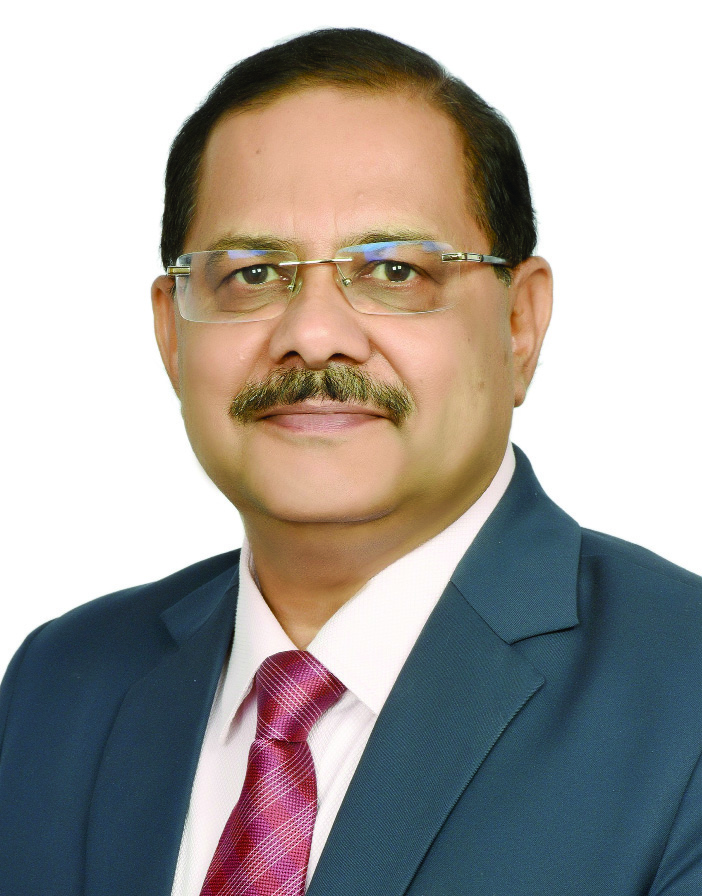 ELECRAMA, the flagship event organised by the Indian Electrical and Electronics Manufacturers’ Association (IEEMA), is a platform to connect the world with Indian industry in respect of technology, new trends and innovation for future energy transition. The 14th edition of the event, which will be held on January 18-24, 2020, at Greater Noida, will showcase solutions spanning the entire power value chain. ELECRAMA 2020 is expected to attract participation from over 1,300 exhibitors across 120 countries. In an exclusive interview with Power Line, Anil Saboo, chairman, ELECRAMA 2020, and chairman and managing director, Elektrolites Power (Private) Limited, discussed the highlights of the upcoming event and the emerging grid technologies. Excerpts…
ELECRAMA, the flagship event organised by the Indian Electrical and Electronics Manufacturers’ Association (IEEMA), is a platform to connect the world with Indian industry in respect of technology, new trends and innovation for future energy transition. The 14th edition of the event, which will be held on January 18-24, 2020, at Greater Noida, will showcase solutions spanning the entire power value chain. ELECRAMA 2020 is expected to attract participation from over 1,300 exhibitors across 120 countries. In an exclusive interview with Power Line, Anil Saboo, chairman, ELECRAMA 2020, and chairman and managing director, Elektrolites Power (Private) Limited, discussed the highlights of the upcoming event and the emerging grid technologies. Excerpts…
What will be some of the highlights of ELECRAMA 2020? How will it be different from the previous editions?
At ELECRAMA 2020, there will be major concurrent events such as the World Utility Summit, eTECHnxt, the Reverse Buyer-Seller Meet and the Domestic Buyer Seller Meet, where exhibitors from over 60 countries and visitors from over 120 countries will join. ELECRAMA is expected to drive growth and exports to new segments, and help connect our micro, small and medium enterprises to global value chains. We will be focusing on the entire energy spectrum including renewable energy, energy storage, automation, digitalisation, Industry 4.0, internet of things (IoT), artificial intelligence (AI) and electric transportation to expose the electrical industry to new technology innovations and disruptions in order to help them manage the transformation.
This year, we will also focus on women’s empowerment in the electrical sector. As per a study, in all developed countries women contribute more than 50 per cent to the overall workforce. It has been observed that the majority of Indian women are working in the IT sector. In order to increase the role of women in the energy and power sectors, we will provide a platform for them to discuss and share their experiences and learn from each other.
What are some of the new and emerging challenges for the grid?
Grid expansion over the next few years will be driven by the government’s ambitious plan to scale up renewable energy to 175 GW by 2022. To develop associated power evacuation infrastructure, Power Grid Corporation of India Limited along with state utilities is implementing the Green Energy Corridors project.
The major emerging areas for grid expansion include smart technology, investment in technology to make grids more reliable, automation in substations, innovative tower design, digitalisation, technology evolution and upgradation of infrastructure.
What are the key emerging technologies for meeting the future grid requirements?
The most promising emerging technologies that can meet the future grid requirements, are AI, blockchain, Industry 4.0, and IoT. New technologies, evolving customer preferences, and the changing competitive landscape have led many power companies to explore new business models. Some of these models may help them navigate through the ongoing energy transition.
What is your outlook for the power sector in the next few years?
The power sector is one of the most critical components of a country’s infrastructure and is crucial to its economic growth and welfare. The power sector expects exports to increase by 400 per cent in the next five years, to make India a $5 trillion economy by 2024.
With an installed power generating capacity of 365,048 MW as of October 2019, India has emerged as the world’s third-largest electricity producer and consumer. India’s small and medium enterprises have been one of the primary drivers of the economy. The sector’s contribution to the GDP of India is expected to increase to 22 per cent in 2020. Further, as per the World Energy Council, 50 per cent investment in energy is expected in Asia till 2030. Therefore, India has the potential to increase electrical equipment exports to the world market as well as to innovate new technologies to support the energy transition over the next 5-10 years.
